Hydrangeas, with their vibrant blooms and lush foliage, are a beloved addition to any garden. But like all plants, they can fall victim to pesky insects and other unwelcome visitors.
This raises an important question: do hydrangeas need pest control? The short answer is: it depends. While hydrangeas are relatively hardy, they can be susceptible to certain pests so answer is clear YES, hydrangea need pest control.
Knowing how to identify these pests, their signs, and effective control methods can help you keep your hydrangeas healthy and thriving.
Common Hydrangea Pests
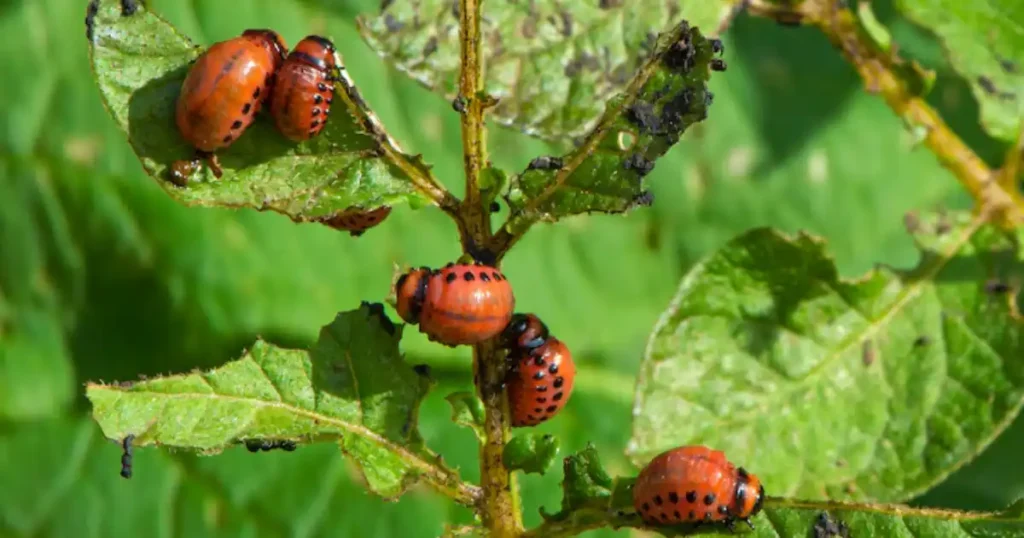
Several pests can affect hydrangeas, each causing different types of damage. Here are some of the most common culprits:
| Pest | Signs of Damage | Treatment Options |
|---|---|---|
| Aphids | Sticky residue, curled leaves | Insecticidal soap, water spray |
| Spider mites | Webbing on leaves, yellowing foliage | Neem oil, miticides |
| Japanese beetles | Skeletonized leaves, holes in foliage | Hand removal, insecticide application |
| Scale insects | Sticky substance, small bumps on stems | Pruning, horticultural oil |
Signs of Hydrangea Pests
Early detection is key to effective pest control. Look out for these signs:
- Yellowing or distorted leaves: This can indicate aphids, spider mites, or scale.
- Holes in leaves: Caterpillars and Japanese beetles are often the culprits.
- Sticky residue: This can be a sign of aphids or scale.
- Webbing on leaves: This indicates spider mites.
- Visible insects: Check the undersides of leaves and stems for pests.
Pest Control: Organic vs. Chemical
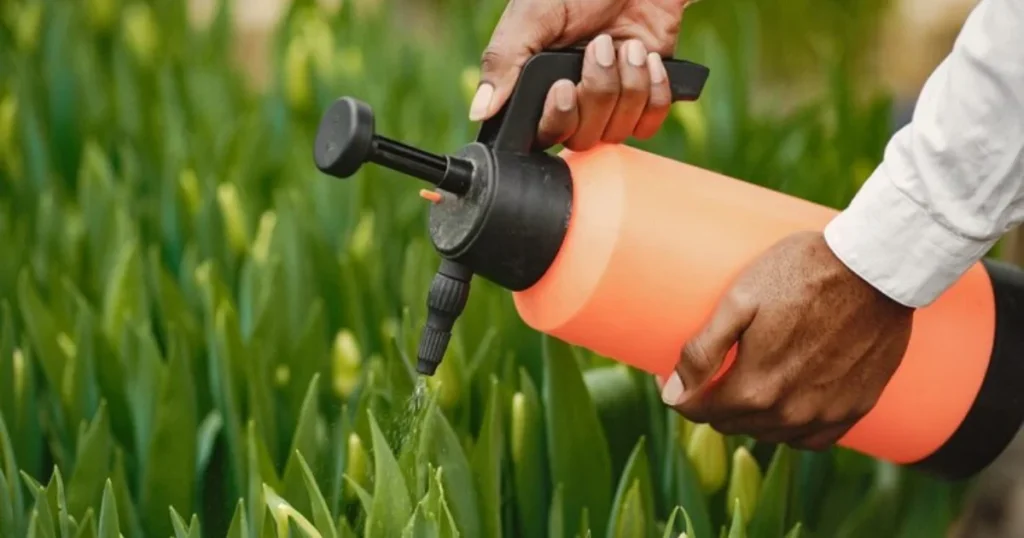
When it comes to pest control, you have two main options: organic and chemical.
Organic Pest Control for Hydrangeas
Organic methods are often preferred for their lower environmental impact and safety for beneficial insects. Some popular organic options include:
- Neem Oil: This natural oil disrupts insect growth and feeding.
- Insecticidal Soap: This soap solution kills soft-bodied insects like aphids and spider mites on contact.
- Diatomaceous Earth: This powder is made from fossilized algae and works by damaging the exoskeletons of insects.
- Beneficial Insects: Encourage natural predators like ladybugs and lacewings to control pests.
Chemical Pest Control for Hydrangeas
Chemical insecticides can be effective but should be used with caution. Always follow the instructions on the label and choose products specifically designed for hydrangeas. Some common chemical options include:
- Systemic Insecticides: These are absorbed by the plant and kill insects that feed on it.
- Contact Insecticides: These kill insects on contact but may need to be reapplied more frequently.
Best Insecticide for Hydrangeas
The best insecticide for hydrangeas depends on the specific pest you’re dealing with.
| Pest | Organic Options | Chemical Options |
|---|---|---|
| Aphids | Neem oil, insecticidal soap, ladybugs | Systemic insecticides |
| Spider Mites | Neem oil, insecticidal soap | Miticides |
| Scale | Horticultural oil, neem oil | Systemic insecticides |
| Japanese Beetles | Handpicking, neem oil | Contact insecticides, beetle traps |
| Caterpillars | Bacillus thuringiensis (Bt) | Contact insecticides |
Preventing Hydrangea Pests Naturally
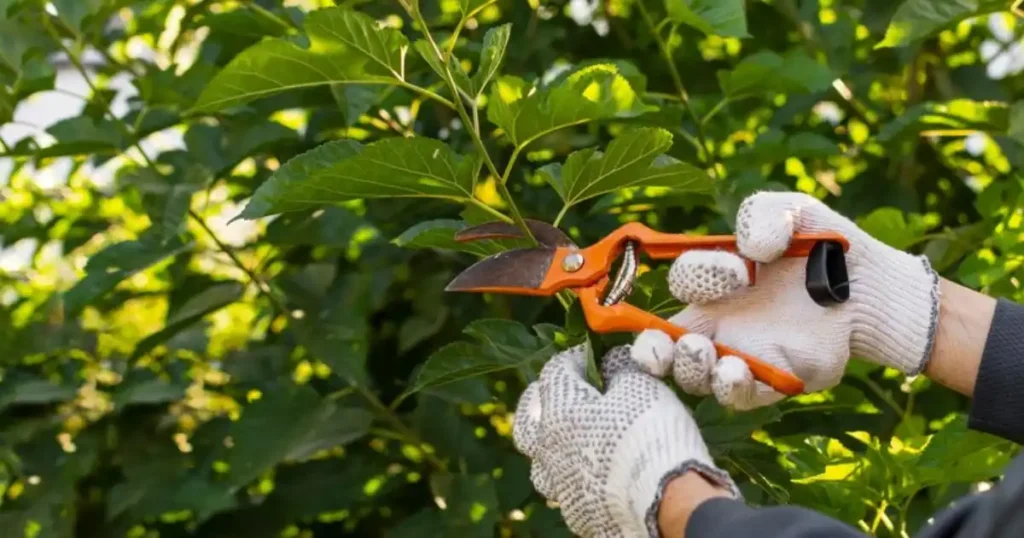
Prevention is always better than cure. Here are some ways to prevent hydrangea pests naturally:
- Keep your plants healthy: Healthy plants are more resistant to pests.
- Water properly: Avoid overhead watering, which can create a humid environment favorable to pests.
- Prune regularly: Remove any dead or diseased branches.
- Mulch around your plants: This can help suppress weeds and retain moisture.
- Inspect your plants regularly: Catching infestations early can prevent them from becoming severe.
| Natural Prevention Methods | Benefits |
|---|---|
| Beneficial insects | Reduce aphid populations naturally |
| Companion planting | Repel pests with natural deterrents |
| Regular pruning | Minimize pest breeding areas |
When to Treat Hydrangeas for Pests
The best time to treat hydrangeas for pests is in the early morning or late evening when temperatures are cooler and beneficial insects are less active. Avoid treating during the heat of the day, as this can harm your plants.
Pest Control: DIY or Professional?
For minor infestations, DIY pest control methods can be effective. However, for severe or persistent problems, it’s best to consult a professional pest control service. They have the expertise and equipment to identify and treat the problem effectively.
Identification: Diseases vs. Pests
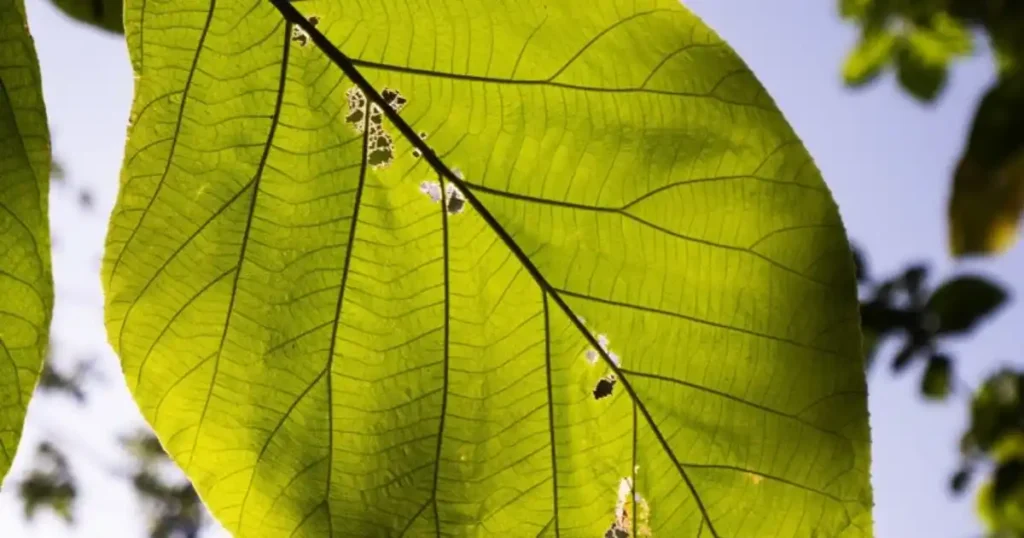
Sometimes, what appears to be pest damage may actually be a disease. Here are some key differences:
- Pests: Often leave visible signs like holes in leaves, webbing, or insects themselves.
- Diseases: Can cause a variety of symptoms, including leaf spots, wilting, and discoloration.
If you’re unsure whether your hydrangea is suffering from pests or disease, it’s best to consult a professional.
Impact of Pests on Hydrangea Growth
Pests can significantly impact the health and growth of your hydrangeas. They can:
- Weaken the plant: By sucking sap or feeding on leaves, pests can weaken the plant and make it more susceptible to diseases.
- Reduce flowering: Pests can damage flower buds, resulting in fewer blooms.
- Cause stunted growth: Severe infestations can stunt the growth of your hydrangeas.
Hydrangea Pest Control Calendar
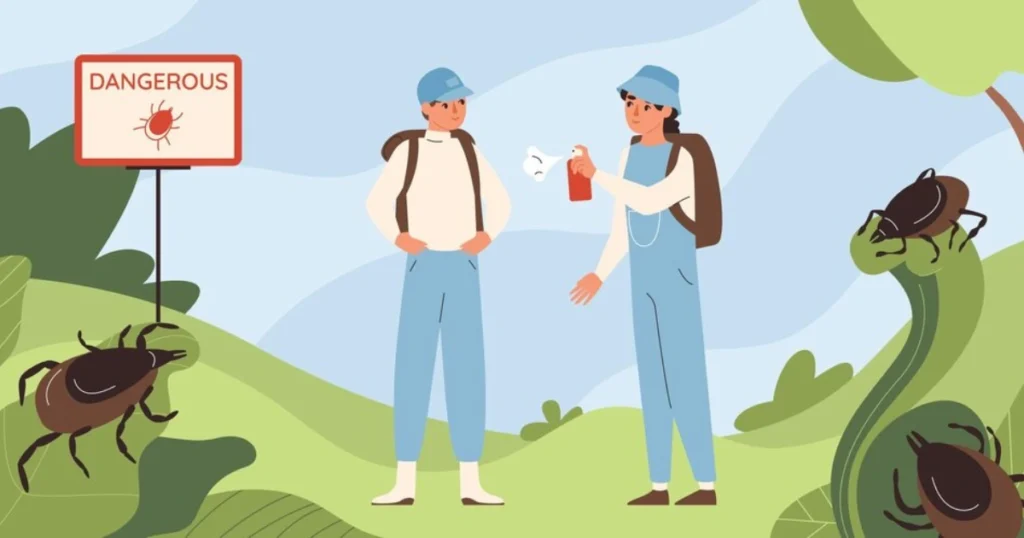
A pest control calendar can help you stay on top of potential problems. Here’s a general guide:
| Season | Pests to Watch For | Recommended Actions |
|---|---|---|
| Spring | Aphids, spider mites | Inspect plants regularly, apply organic controls as needed. |
| Summer | Japanese beetles | Handpick beetles, use traps or insecticides if necessary. |
| Fall | Scale | Inspect for scale, apply horticultural oil or insecticides if needed. |
| Winter | Prune dead or diseased branches, clean up fallen leaves to reduce overwintering pests. |
Conclusion
Hydrangea need pest control to flourish. While these stunning shrubs are relatively low-maintenance, they can fall victim to a variety of pests that threaten their health and beauty.
Common culprits like aphids, spider mites, and Japanese beetles can wreak havoc on your hydrangeas, causing damage to leaves, inhibiting growth, and even impacting their ability to bloom.
Therefore, hydrangea need pest control to reach their full potential and remain vibrant additions to your garden. Recognizing the signs of an infestation early on, such as yellowing leaves, holes in foliage, or stunted growth, is crucial in determining when your hydrangea need pest control intervention.
By implementing effective control measures, whether organic or chemical, you can protect your hydrangeas from these unwelcome visitors and ensure they continue to thrive.
FAQs: Does Hydrangea Need Pest Control?
Here are answers to some frequently asked questions about hydrangea pest control:
What Are Common Pests That Attack Hydrangeas?
Aphids, spider mites, Japanese beetles, and scale insects commonly attack hydrangeas, causing leaf damage and stunted growth.
How Do You Identify Pests on Hydrangea Plants?
Inspect leaves for holes, discoloration, sticky residues, or webbing. Visible pests like beetles or aphids are often present during an infestation.
What Preventive Measures Can Protect Hydrangeas from Pests?
Regular pruning, introducing beneficial insects, and using natural repellents like neem oil can prevent pest infestations.
How Do Weather Conditions Influence Hydrangea Pest Infestations?
Warm, humid conditions often encourage pest activity, while dry weather can reduce populations of certain pests like slugs.
Do Hydrangeas Attract Specific Insects More Than Other Plants?
Yes, hydrangeas attract certain pests like aphids and Japanese beetles due to their soft leaves and nutrient-rich foliage.
